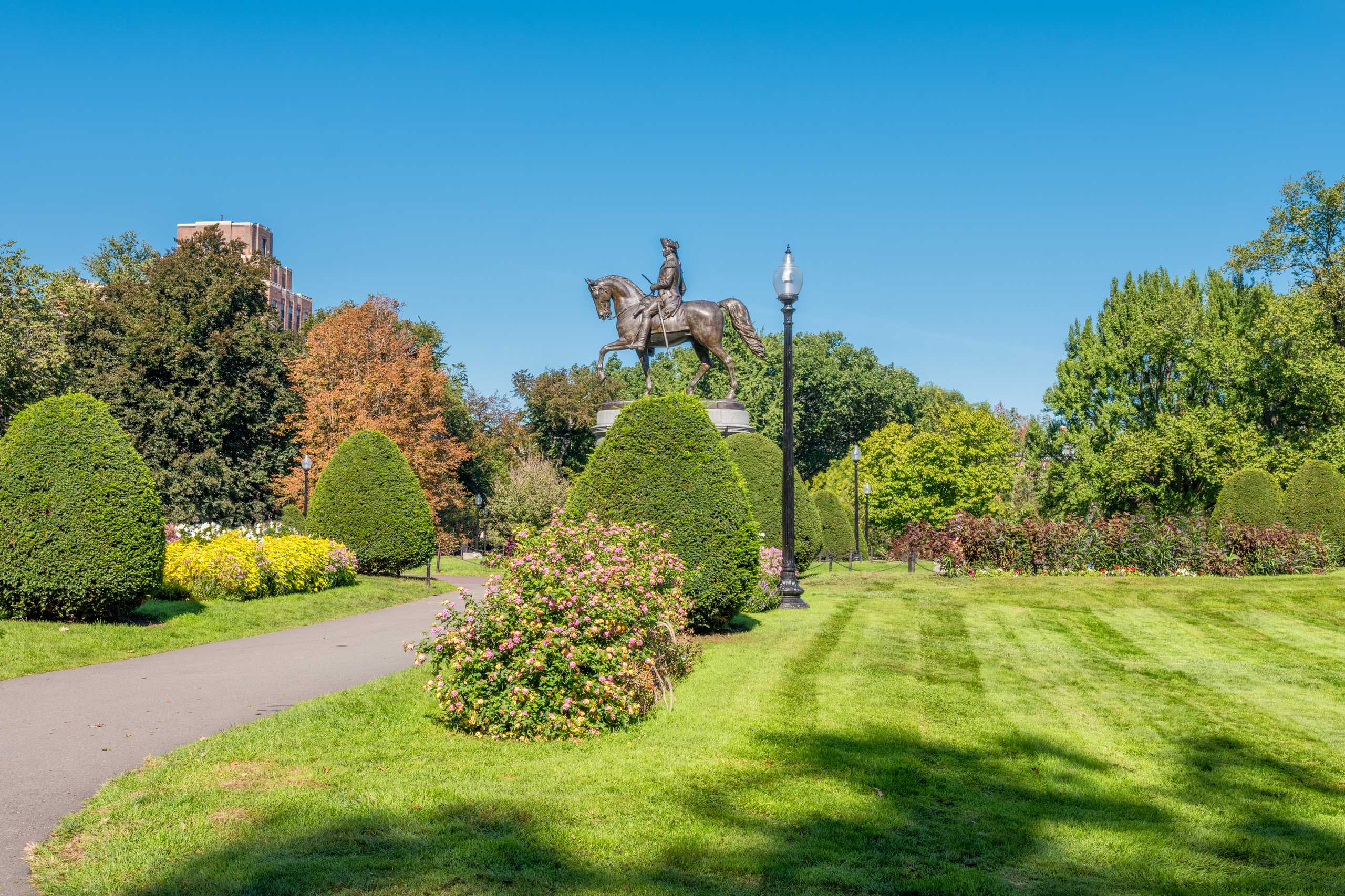Creating an expressive garden is more than placing greenery and decorative details. It is a process of shaping an atmosphere, building a narrative, and allowing every visitor to feel something unique. Garden sculpture plays a central role in this transformation, acting as a silent storyteller that blends imagination with landscape. When crafted with intention, a single sculptural piece can guide the eye, define zones, and influence the emotional tone of an entire outdoor environment.
Sculptures as Visual Anchors
Garden spaces often benefit from elements that ground the composition. A thoughtfully placed sculpture can:
- Direct attention toward a focal point.
- Balance visual weight across open areas.
- Introduce contrast through material and form.
- Enhance depth by adding layered perspectives.
These anchors help maintain harmony, especially in landscapes with dynamic textures, varied plant heights, and shifting seasonal colors.
Interplay of Material and Nature
Different materials interact differently with light, weather, and greenery. Stone absorbs warmth and creates a sense of permanence. Metal reflects sunlight and adds movement through shifting highlights. Ceramic carries color with a soft, earthy presence. Choosing the right material is not only a visual decision but a structural one, ensuring long-term stability in the open environment.
Equally important is the surface texture. Smooth, polished forms create calmness, while rugged surfaces evoke raw, natural beauty. The contrast between texture and foliage can create a vivid expression that elevates the entire garden.
Integrating Art With Landscape Flow
Successful garden design respects movement—both visual and physical. Sculptures should complement natural pathways, create rhythm, and enhance the viewer’s journey around the space. Consider placing a sculpture where light changes significantly throughout the day, allowing it to reveal new details as the sun shifts. This creates a dynamic relationship between sculpture and nature, making the space feel alive.
To maintain balance, avoid overcrowding. Instead of multiple competing elements, focus on one or two strong pieces that define the overall atmosphere with clarity.
Emotional Atmosphere
Beyond aesthetics, sculptures carry emotional weight.
They can evoke serenity, curiosity, nostalgia, or strength.
They can transform a garden from a peaceful retreat into a reflective sanctuary or an inspiring creative corner.
The emotion of a sculpture is shaped by its form, scale, placement, and the viewer’s personal experience. By curating pieces that resonate emotionally, the garden becomes a space that feels meaningful rather than simply arranged.
Why Sculpture Matters
Garden sculpture is not a decoration; it is a voice within the landscape.
It completes the environment by adding intention, mood, and artistic identity.
When chosen with care, a sculpture becomes an enduring companion to the garden, evolving with the seasons and inviting viewers to rediscover it again and again.

